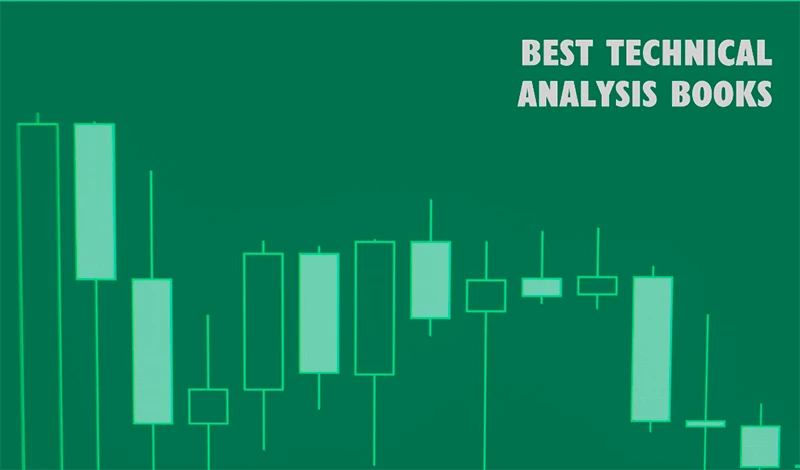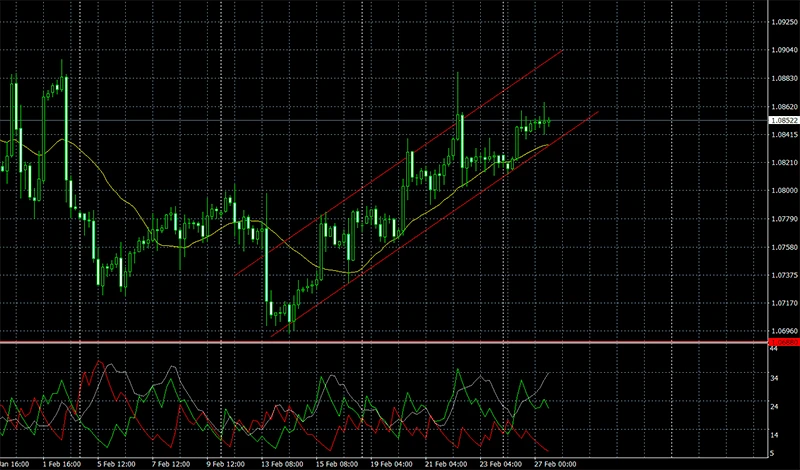Technical analysis remains one of the most widely used methods for analyzing financial markets worldwide. From stocks and forex to commodities and cryptocurrencies, traders across all regions rely on charts, indicators, and price behavior to make informed decisions.
The best technical analysis books help traders understand how markets move, why patterns repeat, and how crowd psychology influences price action. Whether you are a beginner learning chart basics or an experienced trader refining advanced strategies, the right book can significantly accelerate your progress.
This updated guide reviews the best technical analysis books for traders in 2026, explains what technical analysis really teaches, and helps you choose the right book based on your experience level and trading style.
Key Takeaways
- Technical analysis focuses on price action, volume, and market psychology rather than fundamentals.
- The best technical analysis books are relevant across global markets and asset classes.
- Beginners and advanced traders require different types of technical analysis literature.
- A strong technical analysis foundation improves timing, risk management, and discipline.
What Is Technical Analysis?
Technical analysis is a market analysis approach that evaluates price movements and trading volume to identify trends, patterns, and potential future price behavior. Instead of analyzing a company’s financial statements or economic data, technical analysts focus on what the market is doing, not why.
This method is used globally because price behavior follows similar principles regardless of geography, asset class, or market conditions. As a result, technical analysis books remain relevant for traders in North America, Europe, Asia, the Middle East, Africa, and Latin America alike.

What Do Technical Analysis Books Teach?
The best technical analysis books typically cover the following core areas:
- Chart patterns (support and resistance, trends, breakouts)
- Technical indicators (moving averages, RSI, MACD, oscillators)
- Market psychology and trader behavior
- Risk management and position sizing
- Trade execution and timing
- Multi-timeframe analysis
- Strategy development and testing
Modern technical analysis books increasingly address multi-asset trading, adapting classical concepts to forex, crypto, indices, and commodities.
Best Technical Analysis Books (Updated List)
Getting Started in Technical Analysis – Jack Schwager
Jack Schwager’s book is one of the most accessible introductions to technical analysis available today. Written with clarity and structure, it guides readers from basic chart interpretation to practical strategy application without overwhelming them.
Unlike older technical manuals, this book focuses heavily on real-world usability, making it especially suitable for traders operating in fast-moving global markets.
Best takeaway:
Clear explanation of core technical concepts
Strong focus on practical application
Ideal transition from beginner to intermediate level
Recommended for:
Beginner traders and self-learners who want a structured, easy-to-follow introduction to technical analysis.
Technical Analysis Explained – Martin Pring
Often cited as one of the most authoritative resources in the field, Technical Analysis Explained provides a deep yet readable exploration of technical market behavior. Pring successfully bridges theory and practice, making this book valuable well beyond entry level.
The content remains highly relevant for traders across different regions and asset classes.
Best takeaway:
Excellent balance between theory and real-world application
Strong coverage of trends, indicators, and market cycles
Emphasis on disciplined trading
Recommended for:
Beginner to intermediate traders seeking a solid, long-term reference.
Technical Analysis of the Financial Markets – John J. Murphy
Frequently called the “bible” of technical analysis, John Murphy’s work remains one of the most comprehensive technical trading books ever written.
It covers virtually every major technical concept and explains how technical analysis applies across stocks, forex, futures, and commodities — making it especially suitable for global traders.
Best takeaway:
Extremely comprehensive coverage
Works as both a learning guide and long-term reference
Timeless principles applicable to modern markets
Recommended for:
All traders, especially those seeking a single, authoritative technical analysis book.
Technical Analysis from A to Z – Steven Achelis
This book is a pure reference guide focused on technical indicators. Instead of teaching trading systems, it explains what indicators do, how they are calculated, and when they are useful.
It is particularly valuable in modern trading environments where platforms offer dozens of indicators by default.
Best takeaway:
Over 130 indicators clearly explained
Easy to reference during live trading
Excellent indicator knowledge base
Recommended for:
Traders of all levels who want to expand or refine their indicator toolkit.
Technical Analysis for Dummies – Barbara Rockefeller
Despite its title, this book offers a surprisingly solid introduction to technical analysis. It strips away unnecessary complexity and focuses on what traders actually need to understand to read charts and make decisions.
Its clarity makes it suitable for traders worldwide, regardless of prior financial background.
Best takeaway:
Very accessible language
Strong focus on practical chart reading
Emphasis on trader psychology
Recommended for:
Absolute beginners or traders transitioning from fundamentals to technical analysis.
Technical Analysis Using Multiple Timeframes – Brian Shannon
Brian Shannon’s book addresses a critical skill in modern trading: aligning multiple timeframes. This approach is essential for traders operating across intraday, swing, and position trading strategies.
The book is highly practical and directly applicable to real trading scenarios.
Best takeaway:
Clear framework for multi-timeframe analysis
Improves trade timing and structure
Strong real-chart examples
Recommended for:
Day traders, swing traders, and active market participants.
Technical Analysis of Stock Trends – Edwards & Magee
A true classic, this book laid the foundation for modern chart pattern analysis. While originally written decades ago, its core principles remain relevant because market psychology has not changed.
Best takeaway:
Deep understanding of classical chart patterns
Historical context for modern technical analysis
Strong analytical discipline
Recommended for:
Serious traders who want to master classical chart analysis.
Comparison Table: Best Technical Analysis Books
Book | Author | Focus | Best For |
Getting Started in Technical Analysis | Jack Schwager | Fundamentals | Beginners |
Technical Analysis Explained | Martin Pring | Theory + Practice | Beginner–Intermediate |
Technical Analysis of the Financial Markets | John Murphy | Comprehensive | All Levels |
Technical Analysis from A to Z | Steven Achelis | Indicators | All Levels |
Technical Analysis for Dummies | Barbara Rockefeller | Simplicity | Beginners |
Multiple Timeframes | Brian Shannon | Trade Timing | Active Traders |
Technical Analysis of Stock Trends | Edwards & Magee | Chart Patterns | Intermediate–Advanced |
How to Choose the Best Technical Analysis Book
Choose based on:
Experience level (beginner vs advanced)
Trading style (day trading, swing trading, investing)
Asset class (stocks, forex, crypto, commodities)
Learning preference (theory, examples, reference)
For most traders, combining one foundational book with one practical application book delivers the best results.
Where to Buy Technical Analysis Books
Online retailers (Amazon, Book Depository)
Local bookstores
Financial education platforms
Digital versions (Kindle, PDF, audiobook)
Other Ways to Learn Technical Analysis
Online courses and webinars
Trading communities and forums
Market analysis blogs
Educational YouTube channels
Trading platform tutorials
Books, however, remain the most structured and reliable way to build deep technical knowledge.

Frequently Asked Questions
Are technical analysis books still relevant in 2026?
Yes. Market behavior and price psychology remain consistent across time and regions, making classic and modern technical analysis books highly relevant.
Can technical analysis be used globally?
Absolutely. Technical analysis is universally applicable because it focuses on price behavior, not local fundamentals.
Is technical analysis only for short-term traders?
No. Long-term investors also use technical analysis for trend confirmation, timing, and risk management.
Do I need software to apply technical analysis?
Not necessarily. Many brokers and platforms provide free charting tools sufficient for learning and basic analysis.
Final Thoughts
The best technical analysis books provide more than strategies — they teach traders how to think, interpret markets, and manage risk. While tools and platforms evolve, the principles outlined in these books remain foundational.
Technical analysis mastery comes from reading, practice, and experience. By combining high-quality books with real market exposure, traders can build confidence, discipline, and long-term consistency in any market environment.
Go Back Go Back
